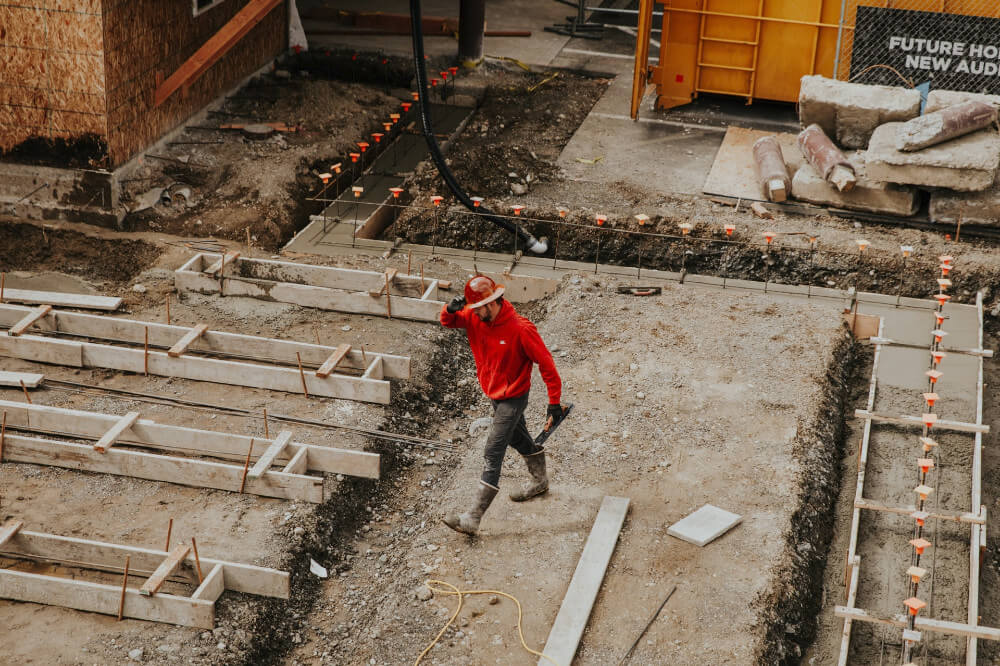 If we didn’t paint a full picture of home renovations for our valued customers, we’d be doing you a massive disservice. There’s so much glitz and glamour showcasing the end result of a project, but the Restumping Melbourne team loves all of the steps that lead up to the success as well. Sometimes the projects that we work on are so quick and painless, an easy success story, and a feather in our cap as we reinforce our beliefs that we are the best in the business at reinforcing your foundation. But just as often, we relish the missteps and challenges that we encounter along the way with our different projects, knowing that the outcome will be even sweeter.
If we didn’t paint a full picture of home renovations for our valued customers, we’d be doing you a massive disservice. There’s so much glitz and glamour showcasing the end result of a project, but the Restumping Melbourne team loves all of the steps that lead up to the success as well. Sometimes the projects that we work on are so quick and painless, an easy success story, and a feather in our cap as we reinforce our beliefs that we are the best in the business at reinforcing your foundation. But just as often, we relish the missteps and challenges that we encounter along the way with our different projects, knowing that the outcome will be even sweeter.
If you visit the Restumping Melbourne blog on a regular basis, you may have seen a similar topic in the past, but lo and behold, it’s one of the most popular drivers of traffic to our site. We’re not worried about numbers or traffic necessarily, but we do love to track the topics that you guys want to hear about. Embarking on any project related to your home can be so daunting, and it’s our number one priority to be your support system and advocate as you decide the work that you’re ready to tackle.
But what happens when this work goes wrong? That’s a loaded question and one that we’re sure we’ll tackle in future on a broader spectrum. But let’s start with what we know best – that’s reinforcing the foundation of your home through restumping, reblocking and underpinning. We know how to do it right, but not everyone does. And when a job of this magnitude goes wrong, it impacts pretty much every other aspect of your home. So, here’s what you can do when restumping goes wrong.
It sounds like a cop-out, but there are ways to completely avoid failure here. And they hark back to some of our favourite pieces of advice, like doing your homework and being onsite to monitor the experts that you’re working with. While you shouldn’t have to monitor them, for many types of personalities, it’s vital to save your sanity. If you’ve done your homework, you’ll know exactly what you’re looking for, while checking in. You’ll also know to look for the red flags, like lack of proper attire, equipment, or worst of all – unsafe working conditions.
If both of the above failed you, don’t despair and don’t stress. All you need to do is wait, write an honest review of the work performed, and then reach out to a company like Restumping Melbourne. There should be baseline barometers as to how companies conduct business – never so much as when you’re dealing with the foundation and the structure of anybody’s home.
Questions? Comments? Let us know. Whether your foundation needs work now or you’re planning ahead; whether you’re thinking about a fun home renovation project or you’re incredibly nervous about it – we’re here for you.

